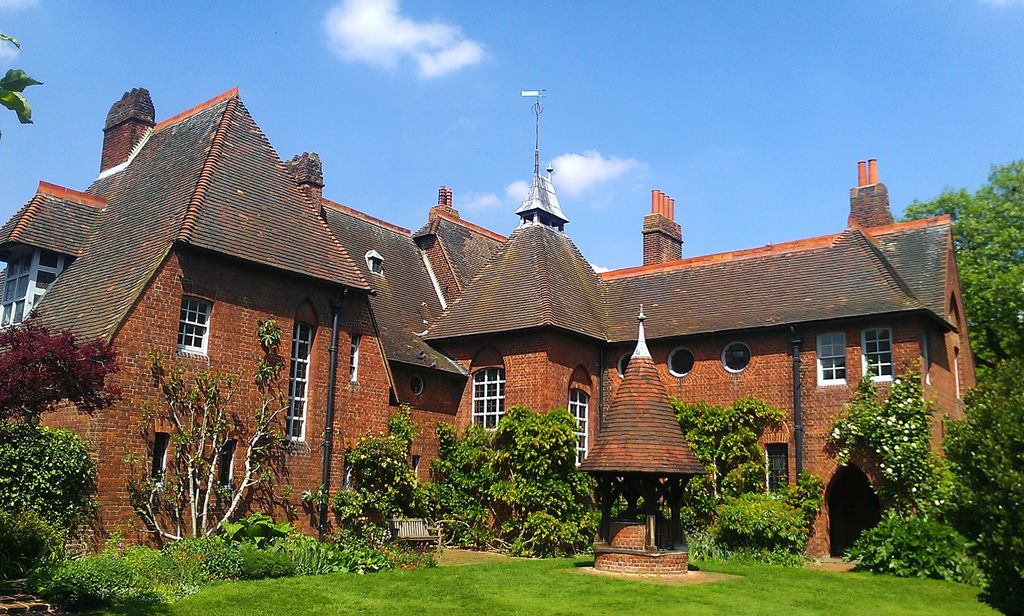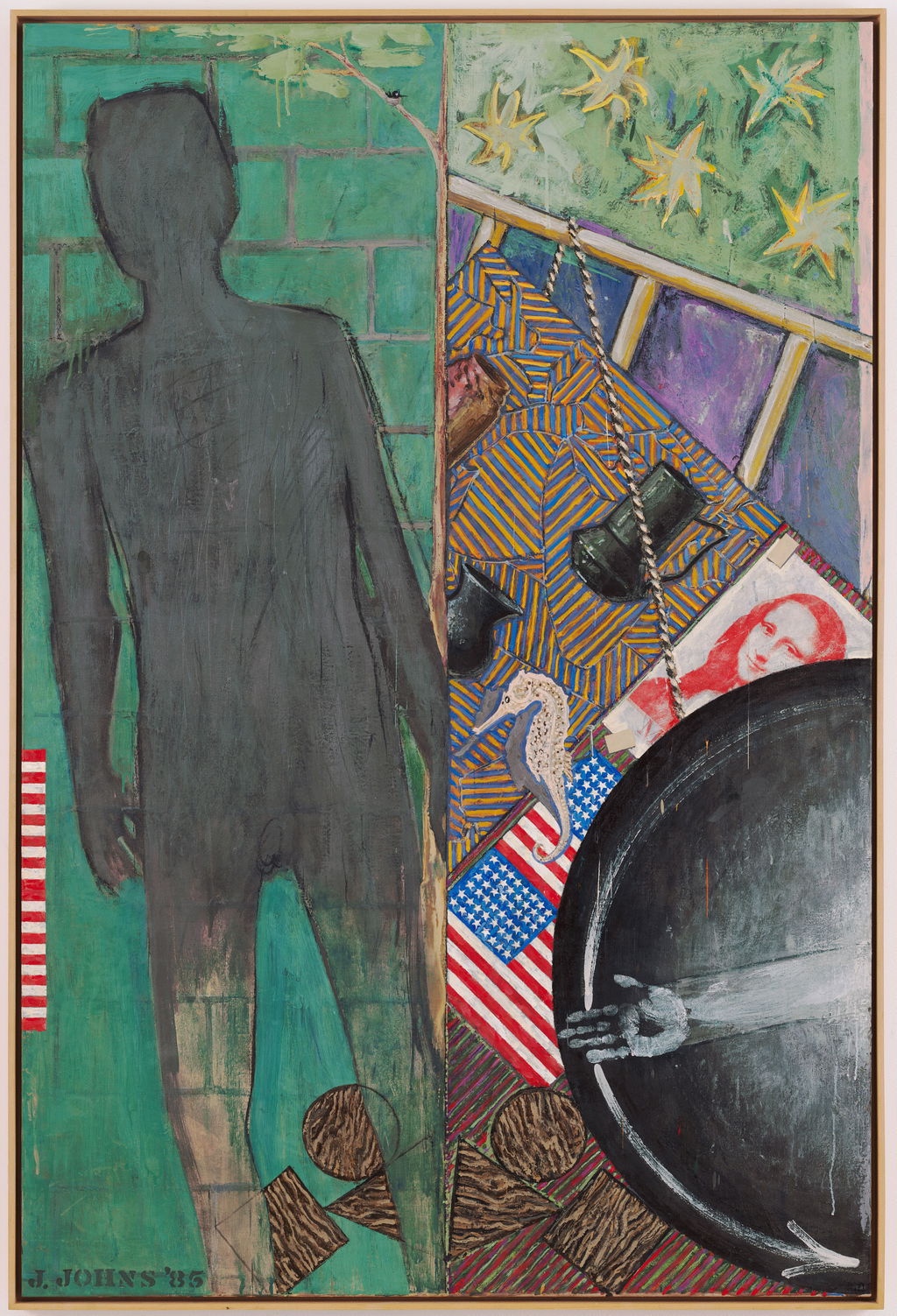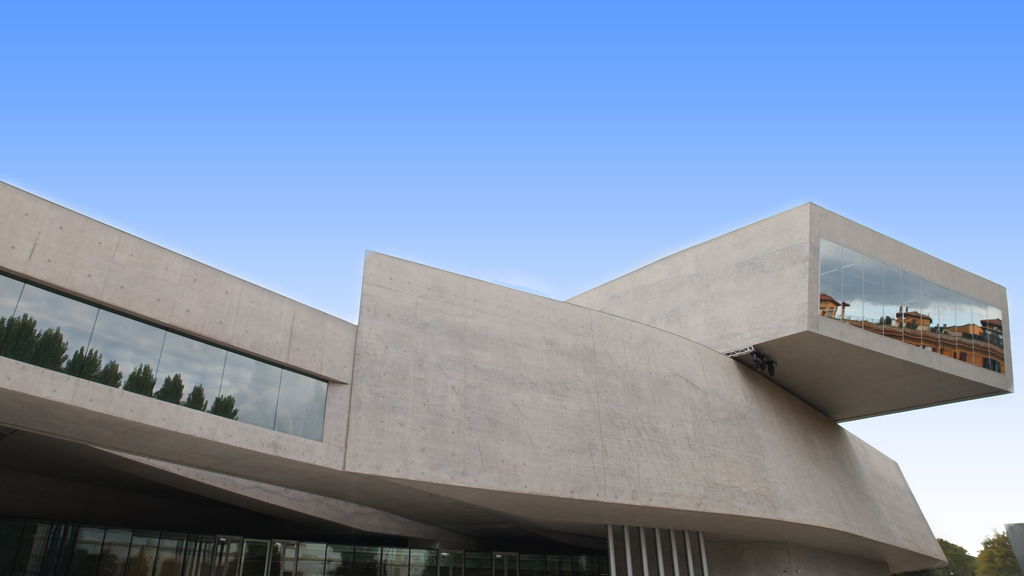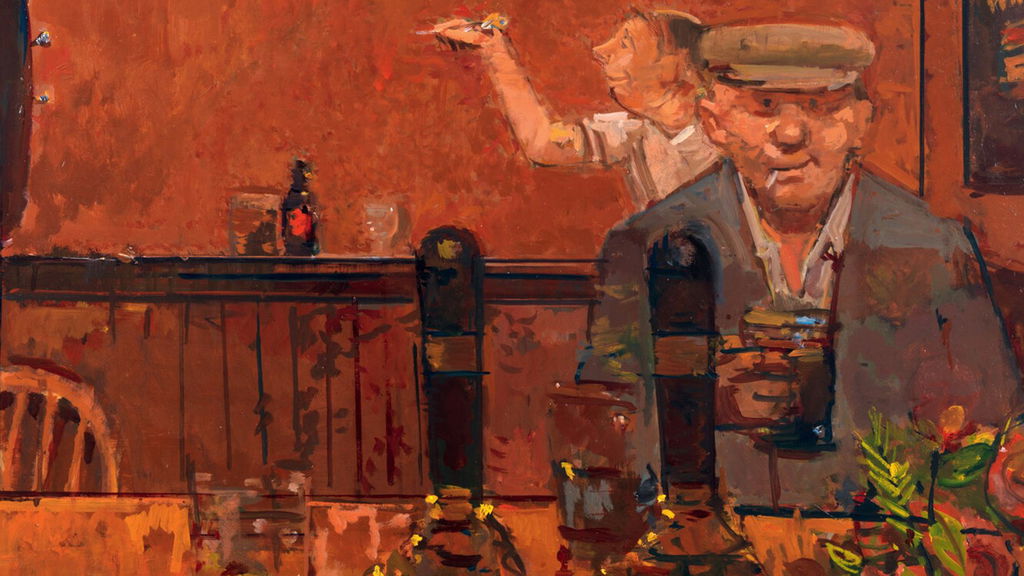

Latest Films

08:01
William Morris' First Masterpiece | The Red House & the Birth of Modern Architecture
Uncover the story behind The Red House, a groundbreaking architectural masterpiece that changed the course of design history. This stunning Victorian-era home, designed by renowned architect Philip Webb for the famous artist William Morris, is more than just a building—it's the birthplace of the Arts and Crafts Movement. Join Paul Greenhalgh - British art historian, writer, museologist and curator - as we explore the design innovations, the cultural significance, and the lasting impact of The Red House on modern architecture. From its artistic vision to its historical context, this video offers an in-depth look at one of the most important yet often overlooked landmarks in architectural history.

15:28
Jasper Johns: Pop Art Before Pop Art
In this HENI Talk, the internationally recognised art critic and curator Robert Storr explores the work of American painter Jasper Johns (b. 1930). Recognised for his encaustic paintings of flags, targets and maps, Johns’s ‘Neo-Dada’ works helped to formalise a shift in post-war American art from Abstract Expressionism towards Pop art. Storr provides a unique and incisive account of Johns’s practice, informed by his longstanding professional relationship with the artist that began in the late 1960s when they first met in New York.

08:05
Zaha Hadid: MAXXI Museum of Modern and Contemporary Architecture
Explore Zaha Hadid’s vision for MAXXI’s Museum of Modern and Contemporary Architecture (1989-2009) in Rome. Architect Margherita Guccione, director of MAXXI’s Museum of Modern and Contemporary Architecture, reflects on Hadid’s innovative use of swooping curves, impossible angles and haunting views. Flow and drift are key concepts to the building’s design, with its dynamic, linear form echoing the streets outside and reflecting Hadid’s interest in integrating her buildings within their urban context while revitalising an existing site in the metropolis. At the same time, the organic design creates open-ended encounters with the contemporary art exhibited inside the museum.

15:13
Ruskin Spear: Painting the Streets and Life of London
In this HENI talk, prize-winning author Dr Tanya Harrod explores the artist Ruskin Spear (1911–1990), one of Britain’s keenest chroniclers of everyday urban life. The son of a coach builder, and painter, Ruskin contracted polio as a child, which left him with a limp and often reliant on a wheelchair. Unable to join in the rough-and-tumble of outdoor games, he became interested in painting and drawing at a young age, later studying at Hammersmith School of Art. A lifelong resident of Hammersmith, he styled himself as “the working-class Cockney” and painted his local neighbourhood — its pubs, tea rooms, and theatres — capturing the life of its community with wit and affection.












